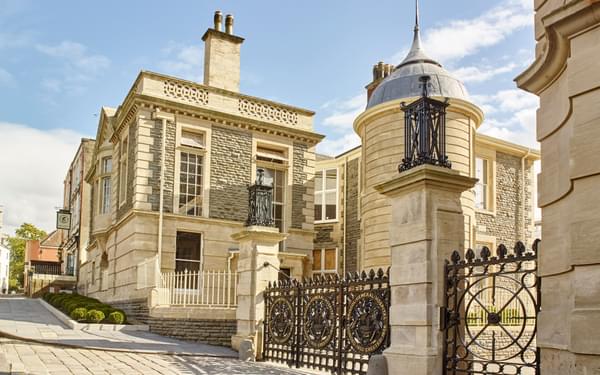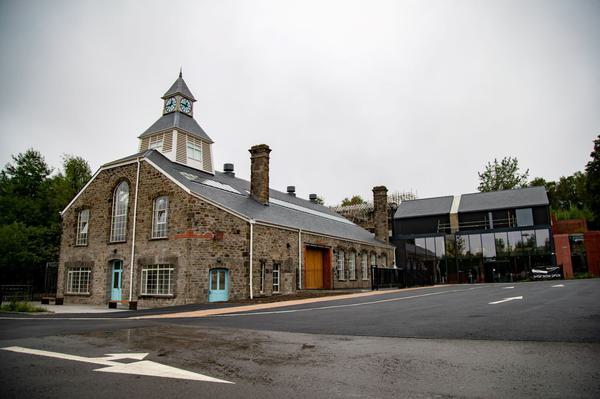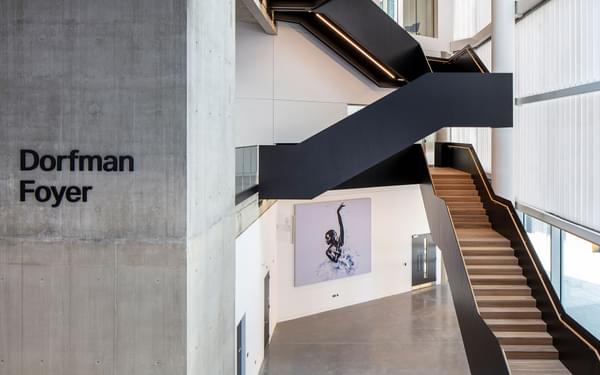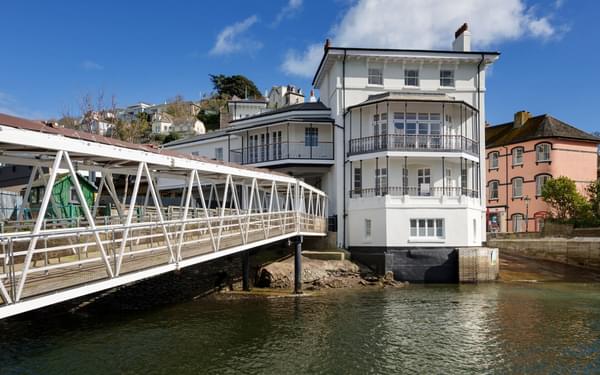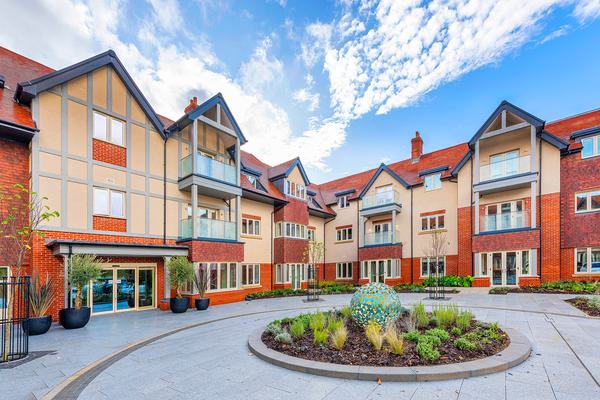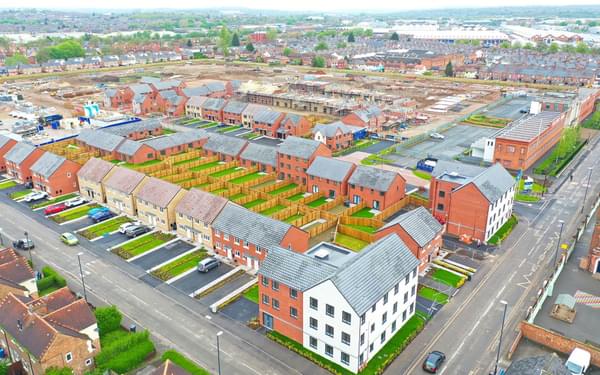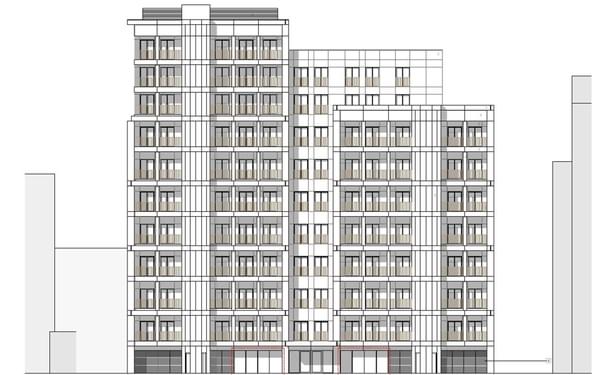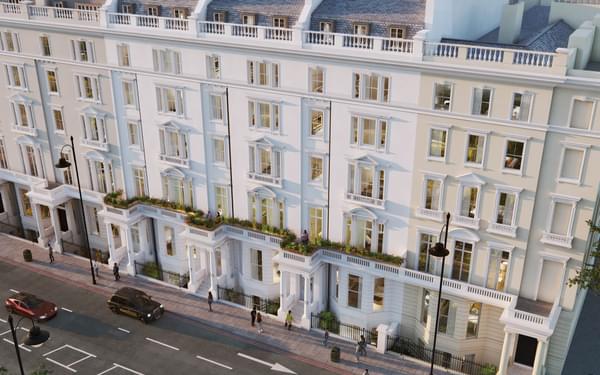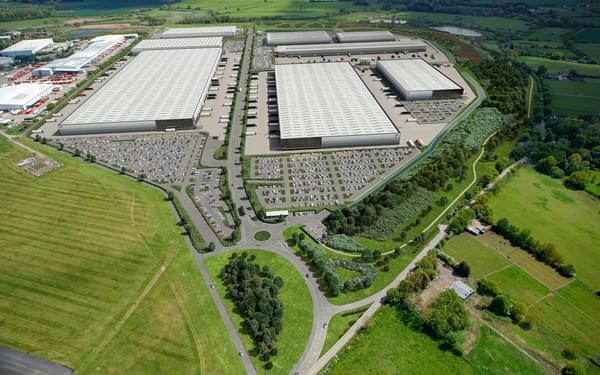Award-winning conversion of Grade II listed site into new homes

Meticulous and sympathetic restoration and conversion of 165-acre estate within the South Downs National Park into luxury homes with outstanding on-site facilities all designed to blend into the landscape.
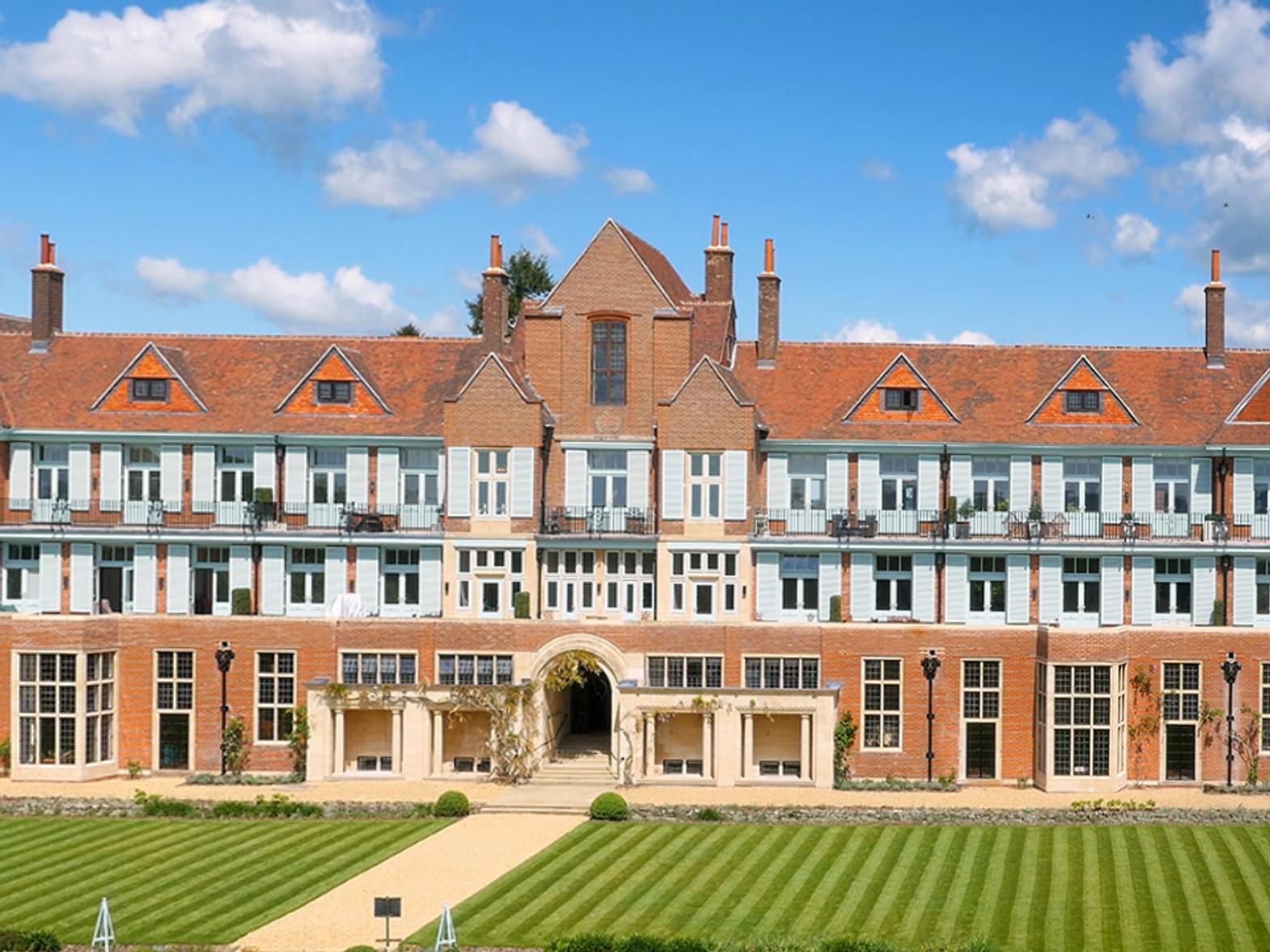
A former tuberculosis sanatorium commissioned by King Edward VII in 1901 has been restored and redeveloped as a luxury residential estate. Our engineers worked with City & Country to deliver structural, civil and geotechnical engineering advice for the award winning 165-acre site.
Sitting within the South Downs National Park the estate comprises a unique mix of Grade II and II* listed buildings which have been meticulously restored and converted into exceptional apartments, duplexes and houses combining all the character features of the original buildings with stylish modern specifications. The phased project provides 409 homes including 162 apartments within the original listed buildings and 247 new homes within the grounds.
The site includes an on-site swimming pool and gym for the private use of residents, and a series of public walks totalling 6.9km meandering around the estate through mature oak woodlands and heathlands. Residents have access to some of the original communal areas, including the Reading Room and Dining Room which have been extensively refurbished.
At the time of the original design the buildings were highly acclaimed for incorporating fresh air and light, a significant advancement in the treatment of tuberculosis patients. A key requirement of the project has been for us to incorporate such elements into the new accommodation, and to ensure that a feeling of space and lightness is key within the redesigns.
Having become an NHS hospital in the 1960s and to meet growing needs since then, additional single storey extensions were created. These extensions caused significant damage to the original external envelopes of the buildings, and it has been necessary to strip the buildings back to their original fabric to restore these external elevations. Maintaining the structural stability of the external envelope of the building has been a key element of this work.
Further work on the original sanatorium building has seen our team create additional living accommodation by adding a new floor into the roof space of the main building. Refurbishment of the listed buildings has also involved excavations and underpinning in basement areas to increase headroom, thereby creating another storey of living accommodation. Our restoration work has extended over time to include the Grade II listed Engine House, Motor House and Cottages.
The key challenge of the new build elements of the development has been to ensure that the designs do not negatively impact on the historic buildings. Alternative forms of new build basement construction have been developed to minimise the risks associated with deep excavations adjacent to existing listed façades. The proposed swimming pool for the residents’ use was originally planned to be built within a new 4m deep basement adjacent to the south-east wing of the original sanatorium building. This would have required significant façade retention and foundation underpinning. We advised that the swimming pool instead be relocated to a new basement area within one of the new car parks to be constructed in the east courtyard.
An important element of the restoration of the site is the reinstatement of the listed therapeutic gardens, originally planted by renowned horticulturalist Gertrude Jekyll, to link the buildings with the wider landscape. Areas of the garden had been lost over the years underneath hospital car parking and out-buildings. Working on the East and West Courtyards we have designed car parking space which will not impinge on the wider landscape, with two basement car parks to be sunk into the ground with gardens to be restored on top.
The first phase of the development won various industry awards including the Evening Standard’s Best Conversion New Homes Award 2016, the 2016 Sussex Heritage Trust Award for Best Large Scale Residential Development, and the 2015 WhatHouse? Awards for Best Renovation and Best Partnership Scheme.

